What do I need to keep in mind when booking a vacation around Saint Martin
If you're planning a trip with a group, family, or pets, or if you're interested in extended stays, it's important to apply the right filters to meet your needs. Here are some helpful Vrbo booking tips for you.
- Traveling to Saint Martin with a group: Think about how many bedrooms you'll require, as well as any amenities like a full kitchen or outdoor area for group gatherings. Luckily, you can easily filter for these preferences and more on Vrbo.
- Traveling to Saint Martin with young kids: Traveling with young children can present its own set of challenges. It's important to prioritize their comfort and safety, along with suitable amenities like a private swimming pool. Additionally, it’s wise to think about how close you are to family-friendly attractions.
- Taking your pets with you to Saint Martin: For many families, a getaway wouldn't be the same without their furry companions. If you can relate, take a look at Vrbo properties that welcome pets. Most of these pet-friendly accommodations offer amenities like feeding bowls and beds, ensuring that every member of your family feels comfortable and at home.
- Planning for a long term stay visiting Saint Martin: If you're in search of vacation rentals that offer special rates for stays of a month or more, you've come to the perfect spot. By using the appropriate filters, you can effortlessly discover and save on monthly rental options. Don't forget to include features like parking availability, a well-equipped kitchen, or a private pool in your search criteria as well.

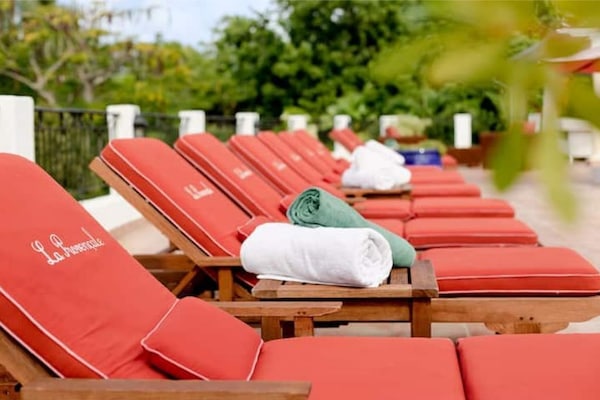


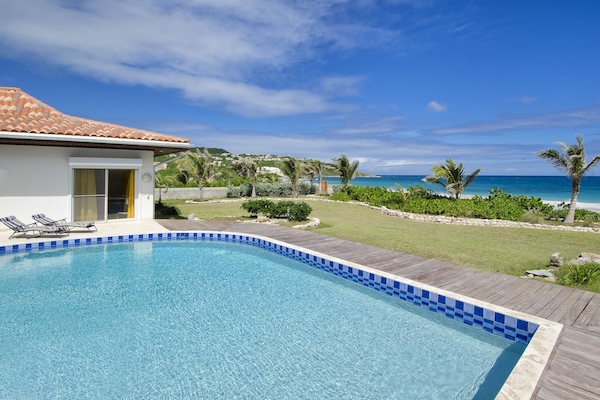

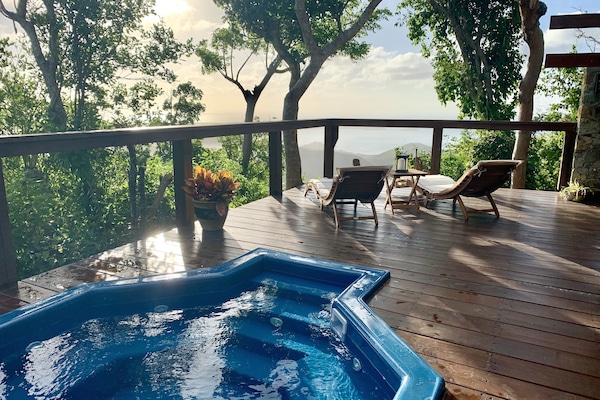

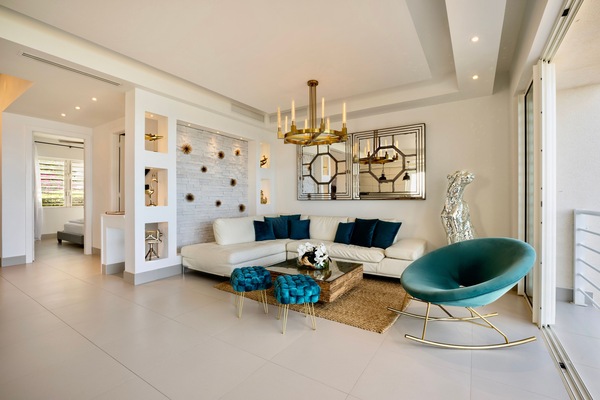

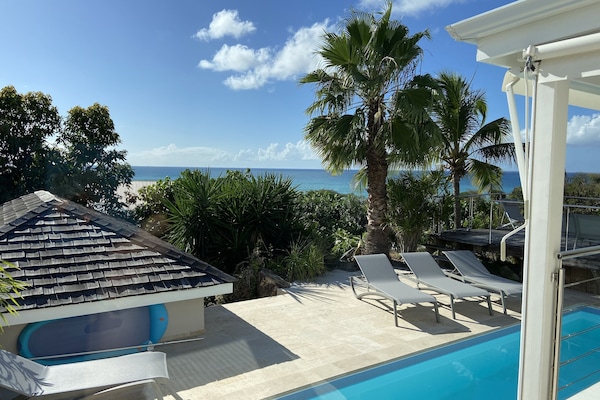
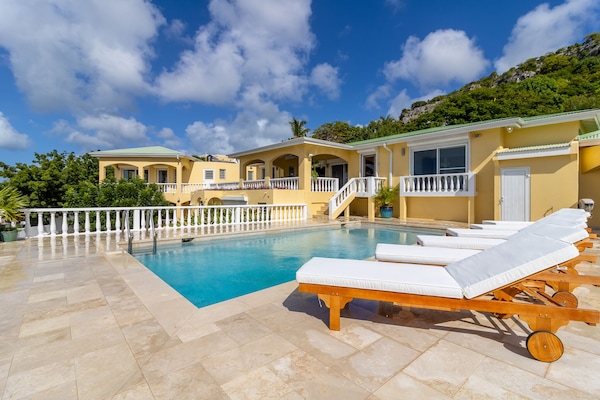

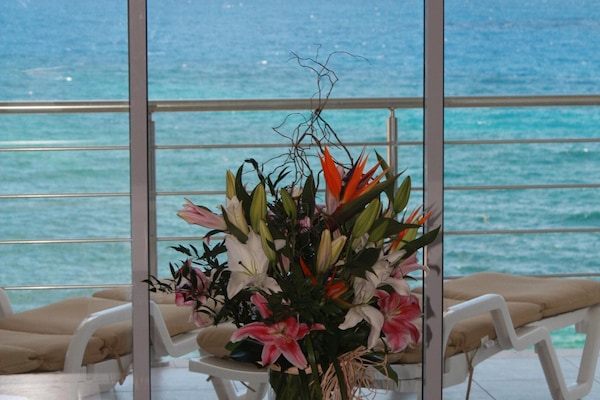

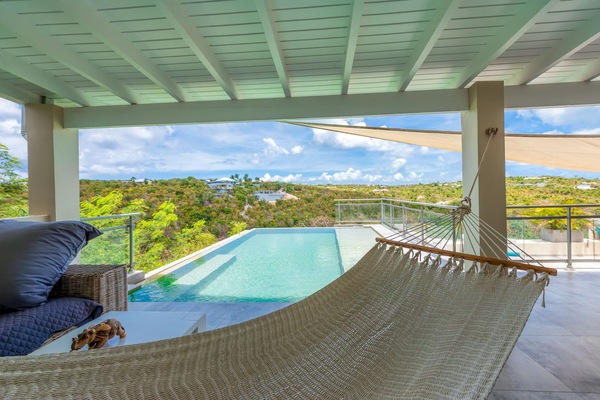

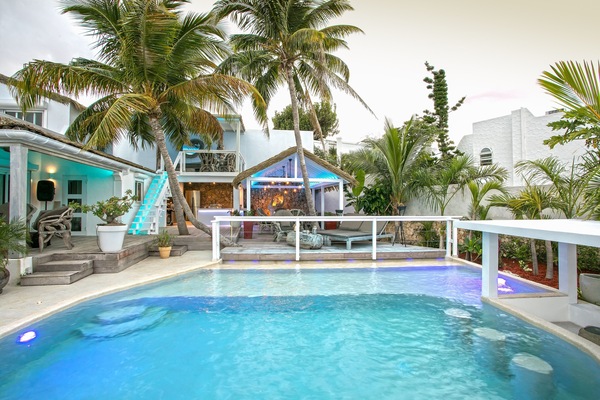


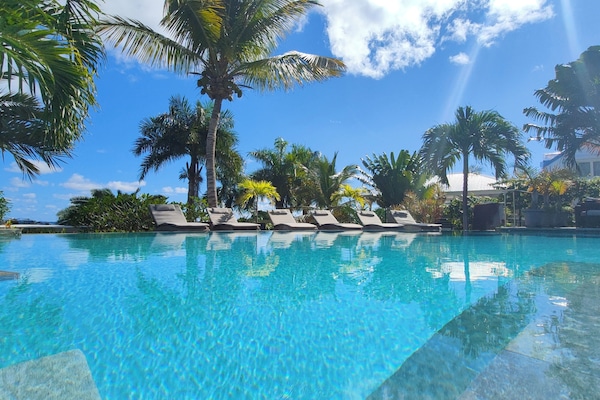

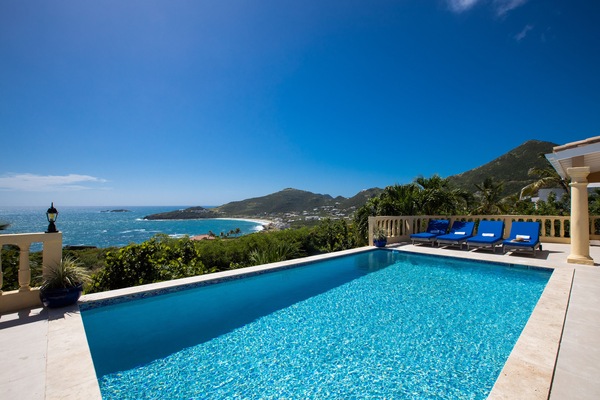
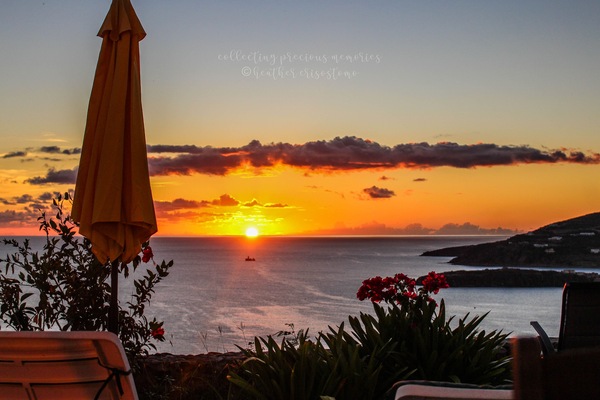



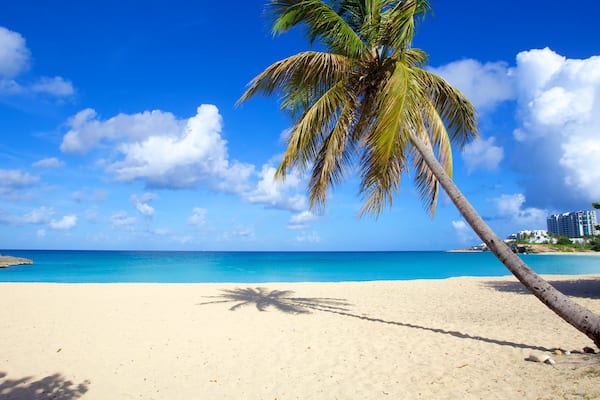




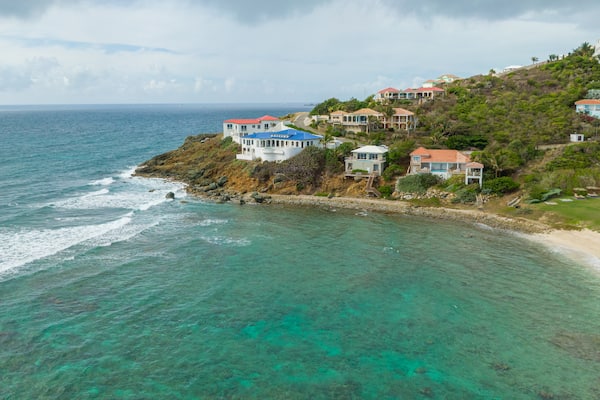
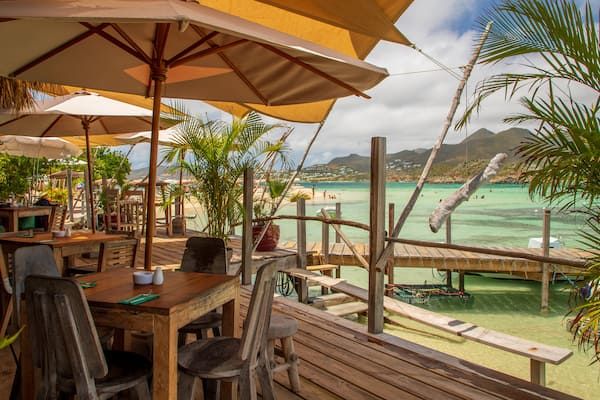



















 Calendar Month
Calendar Month Temperature
Temperature Precipitation
Precipitation Cloudiness
Cloudiness Occupancy
Occupancy